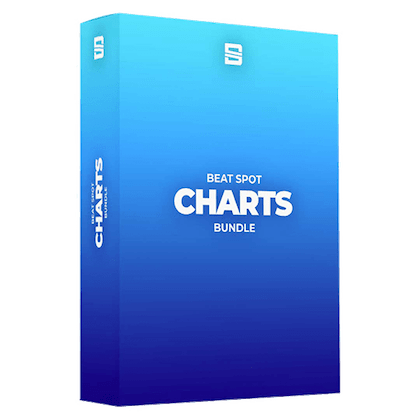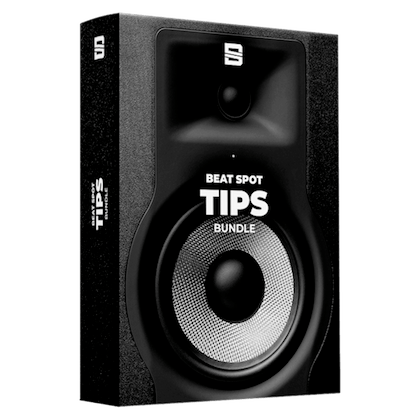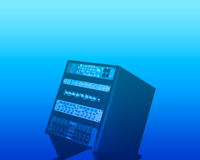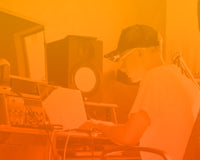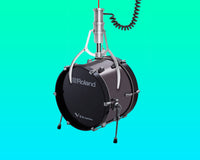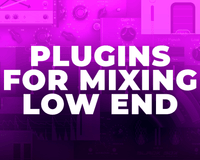Introduction
As audio people, we need to preserve our hearing, especially if we want to work with the subtlest nuances of audio.
For a long time, I’ve wondered whether I was going too loud while making music, and, as a youngster, I did for some time. As soon as I got deep into music production, I became more sensible to such topic, and I’ve also been one of the earliest adopters of ear plugs for live events in my circle of acquaintances.
I’ve also read some resources on this topic to better understand the topic, which is multifaceted.
I’m writing this article to wrap up a few concepts I’ve always seen discussed separately (sometimes even without enough context, resulting in practically wrong indications) while they all converge into one thing: perceiving audio optimally, therefore making better music.
Noise Exposure Levels
Noise-induced hearing loss (NIHL) is permanent and irreversible, but it's preventable. The key to preventing NIHL is understanding and minimizing the risks associated with noise exposure. NIOSH recommends exposure limits to protect workers against the health effects of exposure to hazardous noise in the workplace.
The recommended exposure limit is 85 decibels, A-weighted (dB[A]) as an 8-hour time-weighted average. It's important to note that the NIOSH limit is not a recommendation for noise exposures outside of the workplace in the general environment. Occupational noise exposure limits are established to protect as many workers as possible from the effects of noise.
If the sound level is 85 dB(A) or higher, NIOSH recommends that you take precautions to protect your hearing by reducing the noise when possible, limiting your exposure time, and/or using appropriate hearing protection.
However, some single, brief intense exposures (such as a gunshot going off near your ear) can cause immediate hearing loss; however, these cases are rare.
To give you a better understanding of these numbers, here’s a table with examples.
|
Everyday noises and sounds |
Average Sound Level (measured in decibels) |
Typical Response (after routine or repeated exposure) |
|
Threshold of hearing |
0 |
No damage |
|
Just audible |
10 |
No damage |
|
Soft whisper |
30 |
No damage |
|
Normal Conversation |
60 |
No damage |
|
Washing Machine |
70 |
You may feel annoyed |
|
Gas-powered lawn mower |
80-85 |
Possible damage after 2 hours of exposure |
|
Motorcycle |
90-95 |
Possible damage after about 50 minutes of exposure |
|
Approaching subway train, car horn (16ft) |
100 |
Possible hearing loss after 15 minutes |
|
Civil Defense Siren |
130 |
Painful |
|
Firecrackers |
140 |
Threshold of pain and injury |
The 3dB rule
For every 3-dB increase in noise level, the allowable exposure time is reduced by half.
Fletcher-Munson
It's important to understand that humans don't perceive sound linearly.
This has implications for mixing, particularly when it comes to listening volume. At low listening volumes, mid-range frequencies may sound more prominent, while the low and high-frequency ranges may seem to fade into the background. Conversely, at high listening volumes, the lows and highs may sound more prominent, while the mid-range seems comparatively softer.
The infamous 85dB
Experts recommend working at around 85dB for professional mix rooms, as frequencies sound the flattest at that level. However, it's important to note that this number may not be appropriate for smaller recording spaces such as a bedroom studio using nearfield monitors. A good rule of thumb is calibrating your studio to a volume level that allows for conversation without raising your voice.
A better approach
85dB is the theoretically ideal volume for making EQ changes and setting levels among instruments.
For everything else, you might want to sit somewhere between 50-60 up to 70-75 dB, making sure to lean towards the loudest moments only when you actually want to:
- hear the low end and high end properly
- listen to low-level details
- apply surgical processing on solo’ed groups or instruments
and you should move there only for short periods of time.
Mixing at the lower levels will help you:
- focus on the midrange, where most stuff sits or has some content sitting there.
- focus on intelligibility
- mix for longer periods of time
How to measure dBSPL
There are both professional tools, but also smartphone apps that can do this.
While the latter option isn’t 100% accurate, they’ll at least help you understand the volume your system is set.
The two most renowned apps for this are dBMeter and NIOSH SLM.
Your brain is a bitch…
…and mine too. Don’t take it personally.
The human brain adapts our perception based on whatever we hear the most. This is why you need to take breaks, not only to rest your eardrums but also to forget about it.
The more you listen to something, the more your brain gets used to it, thinking it’s good or at least ok. That’s why insisting on mixing for too long often results in arguable choices.
Don’t get me wrong, experience helps at least alleviate this phenomenon, but still doesn’t solve it entirely.
Use reference tracks
Considering your brain belongs to the streets, you want to have something to function as a North Star (in the case of a professionally mixed track) or at least as an anchor (in the case of a previous version of the mix you’re working on, so you can change direction when you realize you’re harming it).
Mixing towards a reference track will also help in judging the balance of the frequency spectrum at different volumes. In fact, try A/B’ing your mix to the reference track at different volumes to see if they sound similarly balanced.
Use Equal Loudness Curve presets
Equal loudness curve presets are inserted on the master channel, and they’re used to monitor at different levels while contrasting the Fletcher-Munson curve phenomenon.
This means that a boost in volume will soften the lows and highs and vice versa.
If you’re an Ableton user, you can use the Ableton Equal Loudness Curve Rack, a free and CPU-light emulation of the TDR SlickEQ Mastering (and this curve is available in the Demo version as well).
Outro
In conclusion, understanding and managing noise exposure is crucial for audio professionals and music enthusiasts alike. By being aware of the risks, adhering to recommended exposure limits, and employing smart mixing techniques, you can preserve your hearing and create better music. It's essential to take breaks, use reference tracks, and mix at appropriate volume levels. Remember, your hearing is your most valuable asset as an audio professional. Protect it, and you'll continue to enjoy and create the music you love.

